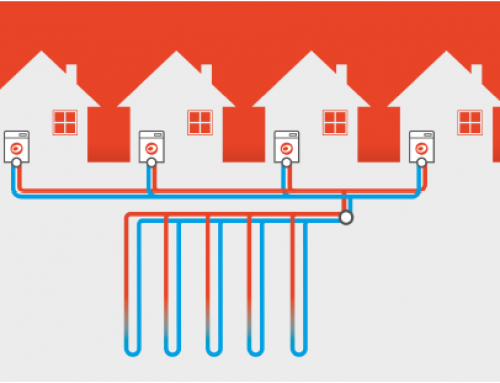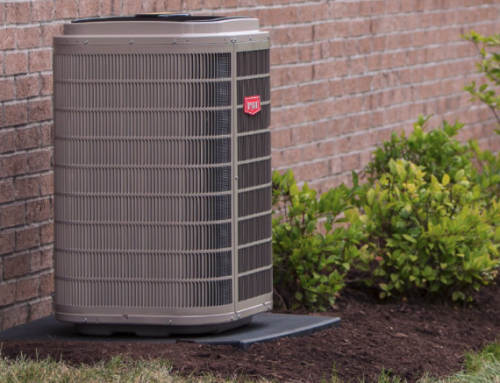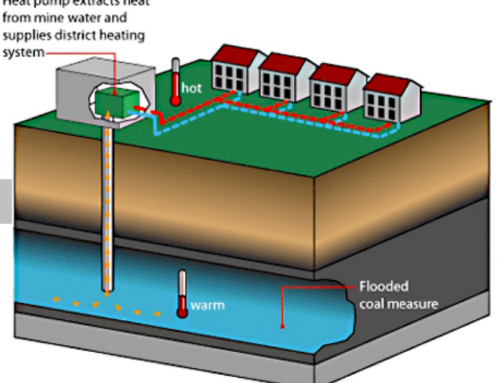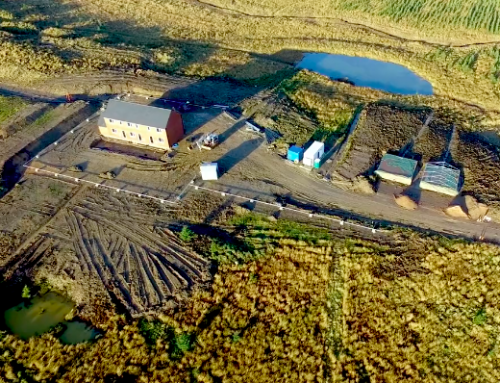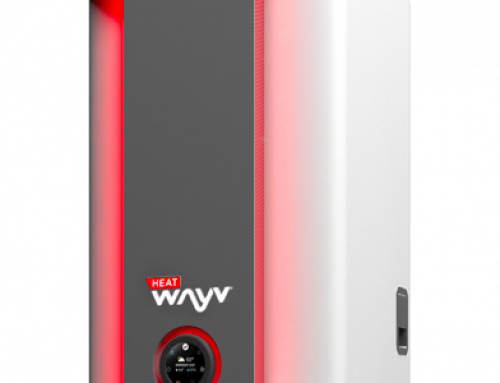By Julian Singer
One of the obstacles to using heat pumps for domestic heating is the need to store hot water, since unlike the combi gas boiler the heat pump cannot produce hot water instantly on demand. It needs to be stored in a hot water tank, but since the advent of combi gas boilers most home owners have eagerly taken the opportunity to remove the tank and use the space for other storage. Changing back will be painful.
Sunamp, a private company based near Edinburgh, has a solution that uses a phase change material. Phase is the chemical term that describes the state of a material: solid, liquid or gas. To change from one phase to another, most materials either take in or emit a significant amount of heat. Water is an example, as we experience with cold packs to keep food and drink in a picnic basket cool. They are useful because when they change from solid ice to liquid water they take in a large amount of heat from their surroundings, much more than would be needed to simply raise its temperature. This extra heat is known as latent heat.
The converse is also true: when water is frozen it gives off a large amount of latent heat, which is normally removed in a refrigerator. This phase change has its uses, but not for residential hot water which is best stored between about 50oC and 60oC. The phase change between water and steam also involves latent heat, but gases like steam need to be kept under pressure and are hard to handle. For storing residential hot water we need to look elsewhere.
Luckily there are substances that change between liquid and solid at the necessary temperature. Sunamp uses a patented substance, PlentigradeTM, based on sodium acetate trihydrate. It not only melts or freezes within the range (at 58 oC) but it has four times the latent heat of water. This means that it can store the same amount of heat as a standard hot water tank in a quarter of the volume. The phase change material can be liquified by hot water, for example from a heat pump, or by electricity from solar panels or off-peak electricity. When hot water is needed, cold water is flowed over the hot liquid, solidifying it while picking up heat.
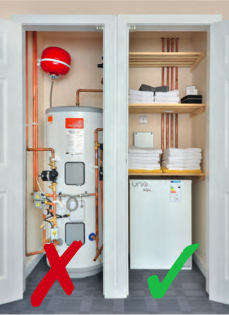 Sunamp’s typical residential unit (right) is an insulated box with a footprint of 14 by 25 inches and a height between 25 and 36 inches, depending on needs. It is smaller than a conventional tank (left) and can be fitted in a kitchen cabinet. (www.sunamp.com)
Sunamp’s typical residential unit (right) is an insulated box with a footprint of 14 by 25 inches and a height between 25 and 36 inches, depending on needs. It is smaller than a conventional tank (left) and can be fitted in a kitchen cabinet. (www.sunamp.com)
Sunamp installed its first heat battery in 2013 after a collaboration with the University of Edinburgh that led to the successful development of Plentigrade. Various additives needed to be developed for it to change phase uniformly and do so for many thousands of cycles. The company has now installed over 20,000 batteries. One interesting case is the Core 364 project in Sunderland. In 2019 the council decided to renovate 364 flats in seven tower blocks, including the replacement of all gas boilers with heat pumps using shared open loop ground sources and Sunamp’s heat batteries, which helped fulfil one other objective: minimum disruption inside the residents’ flats[1].
Sunamp lists no major investors and seems to be very much in the hands of CEO and founder Andrew Bissell. It appears to have raised funds successfully when needed and has received some governmental support for specific projects. It was recently awarded £150k by the DBEIS as part of its Longer Duration Energy Storage budget, in order to “… further enhance thermal storage duration, working with wind energy from the grid and solar PV in homes, to provide heat and water during extended intervals of low renewables generation…” What exactly will be involved is not clear, but what is clear is that Sunamp has developed a useful system that can make the introduction of heat pumps and other renewables that much easier.
[1] See Greenbarrel, Feb 2022 for the advantages of shared ground loops for heat pumps.

